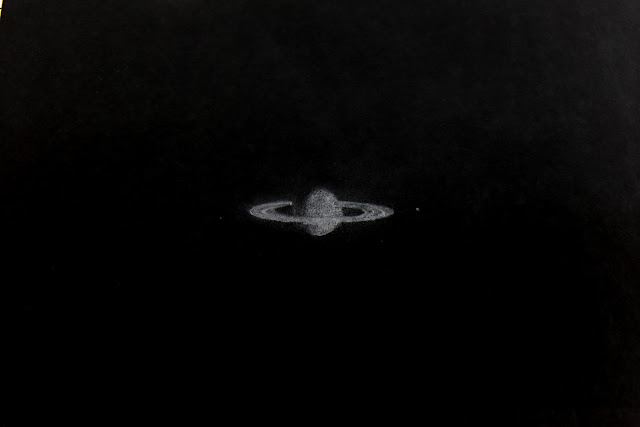 |
| Keystone on opening day |
Keystone Ski Resort just opened for the ski season on Friday. I went up to the resort that same day. There was only one run open (not including the beginner area at the top of the mountain), but it was awesome nevertheless!
One of the main downsides to skiing on opening day is the number of people. There must have been about 2500 people on the mountain at the same time as me (not including the people snacking in the lodge).
To keep the lines moving, the lift attendants made sure that the lift was completely full, with 4 people per chair. Even so, the wait to get on the lift took a long time.
At one point when I was standing in line, a thought came to mind: the line was constantly being filled with more and more people, but it never got longer because the chair lift was carrying the people away at the same rate. So what would happen if the lift attendants only put 3 people on each chair, instead of 4? This would disrupt the balance: the inflow of skiers would be greater than the outflow, so the lines would start getting longer. But after a few minutes, the inflow of skiers would decrease (because not as many people would be coming down the mountain), and the lines would stabilize.
The point at which the line stabilizes depends on the number of people on each chair going up.
When I got home, I decided to calculate exactly how many people would be standing in line, based on the number of people per chair. The problem is that there were 2 lifts running, so to simplify the problem, I only looked at a single chair lift: Montezuma Express. I also assumed that half of the people preferred Montezuma Express (rather than the other lift). This makes the total number of people 1250, instead of 2500.
To solve the problem, I started by looking up some details for Montezuma Express. I found the following information at
http://www.skilifts.org/:
| Type: | High-speed quad |
| Vertical rise: | 1589 ft |
| Inclined length: | 6213 ft |
| Speed on line: | 1000 fpm |
| Number of chairs: | 168 |
Now the number of people in line is going to be the total of 1250 minus the number of people on the slopes, minus the number of people going up the lift.
Let
x be the number of people per chair. Half of the chairs, 84 chairs, are going to have people on them (because the other half come down the mountain empty). That accounts for 84
x people.
Now how many people are skiing down the mountain? Well, that depends on the rate that people are getting off the lift at the top. This, in turn, depends on how many chairs arrive per minute. The distance between the chairs is 6213 ft / 84 = 74 ft, and the speed of the chairs on the line is 1000 ft per minute, so the chair arrival rate will be (1000 fpm) / 74 ft = 13.5 chairs per minute. This means that the number of people getting off the lift at the top will be 13.5
x per minute. Assuming it takes
n minutes for the average skier to ski to the bottom, there should be 13.5
nx skiers on the ski runs.
Using all these new values, there will be
1250 - 84x - 13.5nx people standing in line. How does this affect the minutes spent waiting in line? Just divide by the outflow rate:
(1250 - 84x - 13.5nx)/(13.5x).
 |
| Taken Friday at Arapahoe Basin |
That was pretty easy. Now let's try plugging in some values. Assuming that the average skier takes 10 minutes to ski down from the top, and that there are 4 people on every chair, the number of people standing in line will be 1250 - 84*4 - 135*4 = 374, and the time spent waiting in line will be 374 / (13.5*4) = 6.9 minutes.
If the attendant only put 3 people on each chair, then there will be 593 people in line, and the wait will be nearly 15 minutes. This is more than twice as long as when there were 4 people on every chair. I think it's pretty clear how important it is to fill every chair going up! (Incidentally, after a few runs, we got tired of the long lines and went to Arapahoe Basin. It wasn't much better...)
Now suppose there's a lodge at the top... and the number of people in the lodge depends on the amount of time spent waiting in line. Suppose that the number of people in the lodge will be 500 + 10
t2, where
t is the time spent waiting in line at the bottom. How does this affect the number of people waiting in line? I'll leave this for you to figure out!
New posts every month - subscribe for free!


























